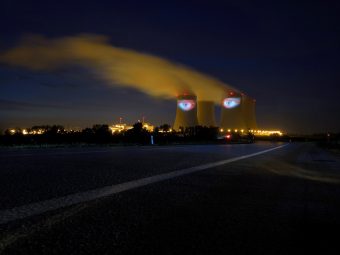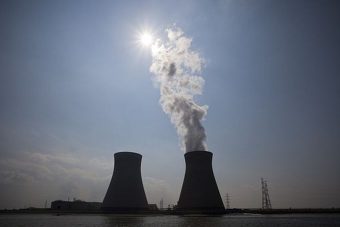
When it comes to the state of energy in China, coal still dominates, accounting for more than half of the total electricity production. However, nuclear energy plays an increasingly significant role, especially in coastal areas where the fastest economic development occurs, primarily due to geographical advantages. For instance, in 2021, China produced 8,636 TWh of electricity, with coal contributing 5,432 TWh. But this picture is set to change.
As in other countries, the demand for electricity in China is also growing. The country has a modest net export balance of electricity, but its consumption is high, reflecting rapid industrial growth. To tackle environmental challenges, China has set ambitious goals for reducing carbon dioxide emissions and transitioning to renewable energy sources. According to WNA data, China plans to source 20 percent of its primary energy consumption from non-fossil sources by 2030.
China’s five-year plan (2021-2025) aims to reach 70 GWe of nuclear capacity by the end of 2025. Nuclear energy has a strategic role in China, especially, as mentioned, in coastal areas far from coal mines. China has collaborated with and utilized nuclear technology from several countries, including France, Canada, Russia, and the USA. The Westinghouse AP1000 technology from the USA has been particularly influential, leading to the development of the CAP1400 and CAP1000 reactors based on this technology. However, today, China has advanced nuclear technology after years of cooperation and technology transfer with the countries above, and it has implemented this experience in several domestic nuclear reactors and technologies. China has a policy of exporting nuclear technology, particularly the Hualong One reactors, which became a major export product in 2015, as the World Nuclear Association (WNA) noted.
More:
- HOW CAN NUCLEAR TECHNIQUES IMPROVE FOOD SAFETY?
- WHERE IS GERMANY TODAY, ONE YEAR AFTER GOING NUCLEAR?
- DESALINATION AND SMALL NUCLEAR REACTORS – THE FUTURE OF IRAQ?
China’s nuclear energy capacities are on a significant growth trajectory, with 56 operational reactors and dozens more under construction. The country’s nuclear energy expansion is evident in the construction of several new nuclear blocks, marking a substantial increase in its nuclear capabilities.

Construction has begun on units 5 and 6 at the Ningde plant in Fujian province. These units are part of the second phase of the Ningde nuclear energy project and feature Hualong One reactors, a type of third-generation nuclear technology developed in China. Construction officially began on July 28 with the pouring of the first concrete. According to World Nuclear News, these new units will add to the four existing reactors at the site.
Construction has also started on units 1 and 2 at the Shidao Bay plant in Shandong province. The first concrete for Unit 1 was poured on July 28, marking the start of construction. The new units will be Hualong One reactors, entirely built with Chinese technology. The project will include four reactors, with the first two blocks expected to be operational by 2029.
In Liaoning province, construction has started on units 1 and 2 at the Xudabao plant. These units will use CAP1000 reactors based on the Westinghouse AP1000 design. China’s share of clean energy increases with each new reactor, ensuring a stable energy supply.
Energy Portal
